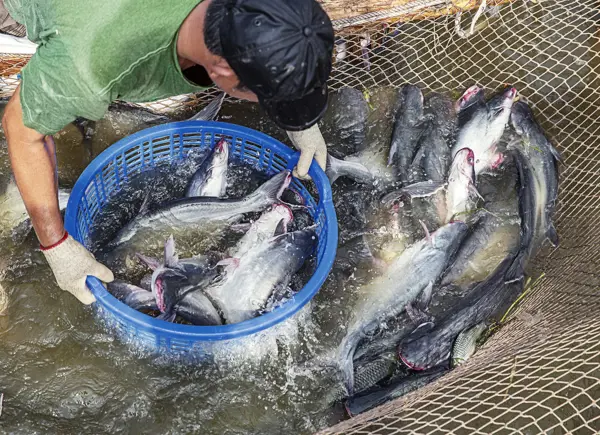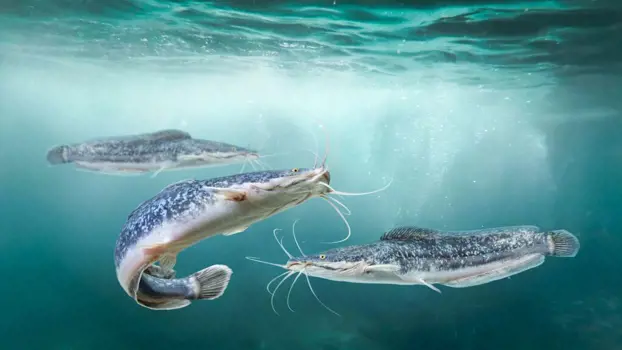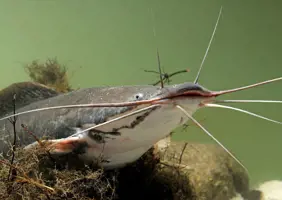 Catfish
Catfish
African catfish (Clarias garipinus) is a strong and robust carnivorous fish. With a rudimentary lung system it can survive extremely low dissolved oxygen levels in the water. This ability to survive under extreme hypoxia for short periods of time does not mean you can neglect the conditions and management. These are important to optimize your yields.

Highly digestible feed for effective growth
Catfish feed has its own nutritional requirements to optimize growth of this sturdy fish. Its carnivorous nature translates into a rich and highly digestible diet adapted to meet requirements at every stage of its production cycle. Combined with a feeding regime and practical advice designed for maximizing efficiency you are able to produce the fish protein very effectively. Our active local presence and discussions with catfish farmers allow us to be at the forefront of quality feeds and best performance.

FREQUENTLY ASKED QUESTIONS
We have the answers to your questions
When your feed contains too much soybean meal your fish can develop an inflammatory response and irritation in the intestine, which results in reduced growth performance. Check with your Koudijs specialist what the recommended maximum levels are for your species. Also at Koudijs we have solutions in the form of highly digestible protein products to ensure maximum growth and health of your fish.
As the density of your production area increases so should the number of feeding points grow. Why? Movement triggers fish feeding behaviour. In a large production area with one feeding point many fish will be too late in reaching this feeding point. All the feed will be eaten by a small percentage of fish.
More feeding points means fish have equal opportunity to eat over entire production area. This improves growth homogeneity and your fish will all be of the right size at harvesting time.
Overfeeding leads to feed waste, which costs money and pollutes water. Polluted water leads to algal blooms, ammonia build up and low oxygen in the mornings. These are all bad for your fish!
Accurate feeding amounts can be achieved through regular sampling of fish weight and using this weight to calculate from feeding charts the correct amount of feed to be given daily. Also an experienced technician can see from the fish feeding behaviour if fish are hungry of not.
Keeping track of basic information of your farms production will improve your farm performance.
Regular sampling of your fish will allow you to keep track of the average fish size in your pond. With fish size you can calculate Weight Gain, Growth Rates, Average Daily Gain (ADG), Feed Conversion Ratios (FCR), etc. and evaluate progress and compare results.
Knowing the actual weight of your fish during the production cycle is important to calculate feeding rations, correct size of feed pellets and the number of times your fish need to be fed per day.
Keeping track of basic information of your farms production will improve your farm performance.
For example different water parameters can influence fish in many ways such as temperature on metabolic rates, dissolved oxygen on fish activity, pH on fish stress, algae on pH and dissolved oxygen, and ammonia on fish health. Daily checks of water parameters will help to determine the amount of feed required more accurately and let you know the condition of you fish.

